Method feeder fishing in the fall
The arrival of the autumn cold brings about several changes in the life cycle of fish. Prey such as carp, which live in lakes and carp fisheries throughout Italy, experience an increase in appetite before entering hibernation. This is an absolutely normal phenomenon, due to the fact that these fish feel the need to store food and nutrients in quantity, before slowing down their metabolism with the cooling of the water. This happens everywhere, both in natural lakes and in small bodies of water such as carp fisheries. Obviously, the smaller the lake, the more accentuated the phenomenon is. Having said that, it is therefore worth taking the opportunity to have the best possible fun in the pond, thanks to the habits of the fish and this "hunger" typical of the period.
Feeder fishing with the method
In the context of October, November and early December, there is an Anglo-Saxon technique that fits best. We are talking about method feeder fishing. This is a system introduced about ten years ago, a true evolution of ledgering in fresh water. It offers a succulent morsel enclosed in a "drop" of groundbait lying on the bottom. Exactly what carp (and possibly tench) are looking for before winter hibernation. It is a devastating technique, which is truly a lot of fun, with rods bent beyond belief and great satisfaction in a period in which the rest of the waters are closed or requires the practice of lake trout. From an equipment point of view, to fish feeder with the method you need a 3.60/3.90 meter ledgering rod with medium action (up to 60/80 grams), a size 3000 reel and 0 monofilament. 22/0.25 on reel. You also need specific soap feeders for the method feeder: some also have a mold, others instead allow you to do everything by hand in a simple and effective way.
Method feeder line
The feeder fishing rig can be built either by hand or with the help of pre-made elements available on the market. It is composed of a silicone line holder, then a method feeder, a knot saver bead, a swivel and a terminal of maximum 10 centimetres. Nothing simpler, some might think. Indeed it is so, we do not deny it. However, there are two important precautions to take. The first concerns the feeder. There are different types, in the shape of a bar of soap, of a cylinder, even almost in the shape of a funnel. Usually, for fishing with flour, a classic method feeder is used, which can be used by combining it with a mold (to obtain a perfect result) or with the help of the hands, to obtain a shape similar to a large drop of groundbait. The second precaution concerns the terminals. Many regulations require the use of barbless hooks. So the terminals that are ready (or that you will make) will have to follow this rule. Furthermore, they must not be longer than 10 centimeters and will have three options for baiting: hair rig, elastic or plastic cone. In fact, the bait must never be baited on the hook, but rather on the hair rig or on an additional piece and stopped with a cone. An alternative solution is provided by the elastic on the additional piece which allows the triggering of maggots in pairs and pellets.
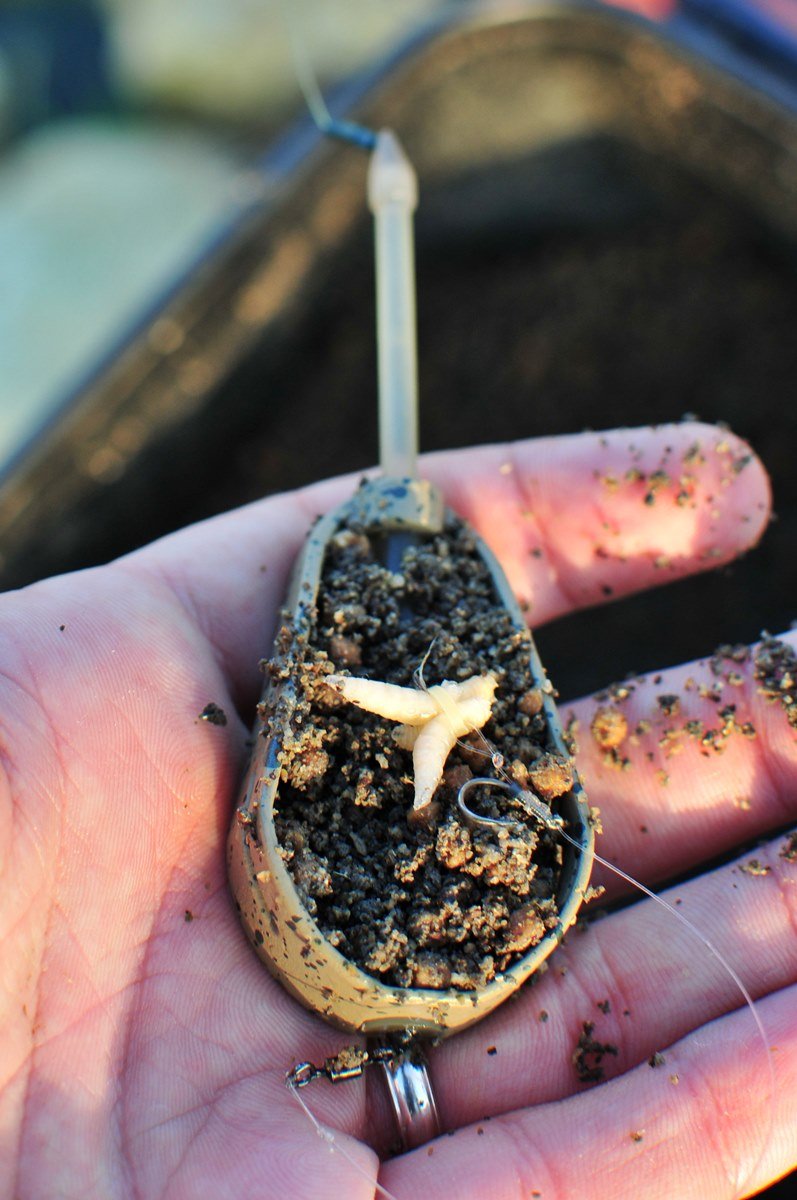 |
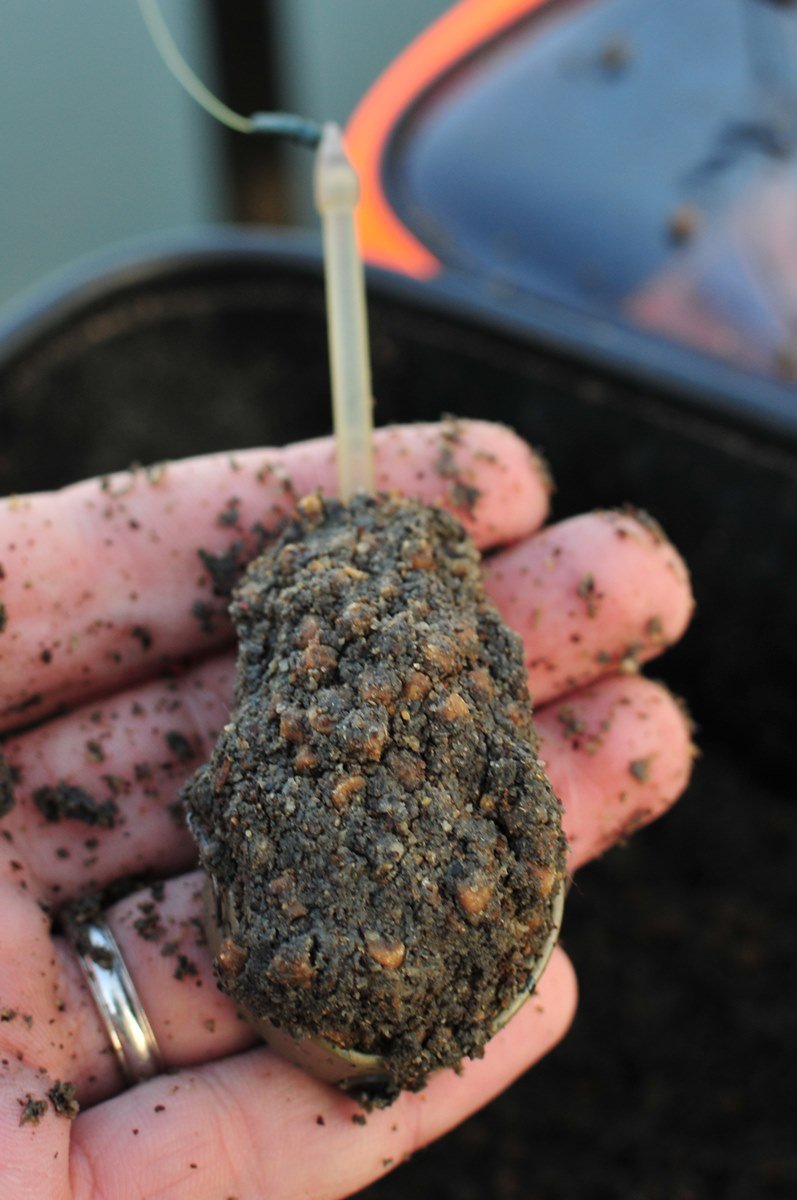 |
Groundbait and bait for autumn
Fishing in autumn on method feeders is certainly different from what happens in summer or spring. Not so much for the technique, which remains identical, but for the choice of groundbait and bait. In the fall and winter, fish crave “flesh.” What is meant by fat? It is a very popular term among athletes. It means that the fish prefers protein, oily and fatty baits and groundbaits. Therefore, baits with maggot or pellets that release oily substances are welcome. Furthermore, typical groundbaits for winter are indispensable, such as "black", based on fishmeal, perhaps reinforced with halibut micro-pellets, to strengthen the fishy flavour.
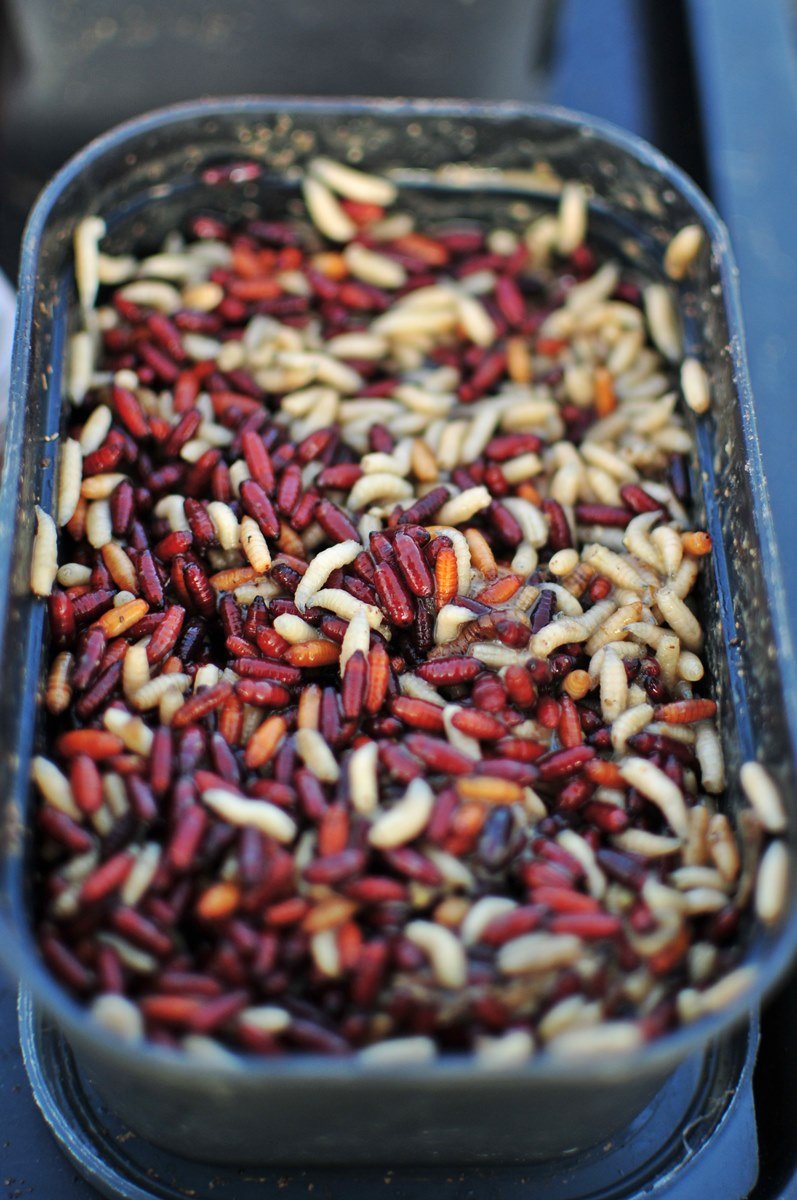 |
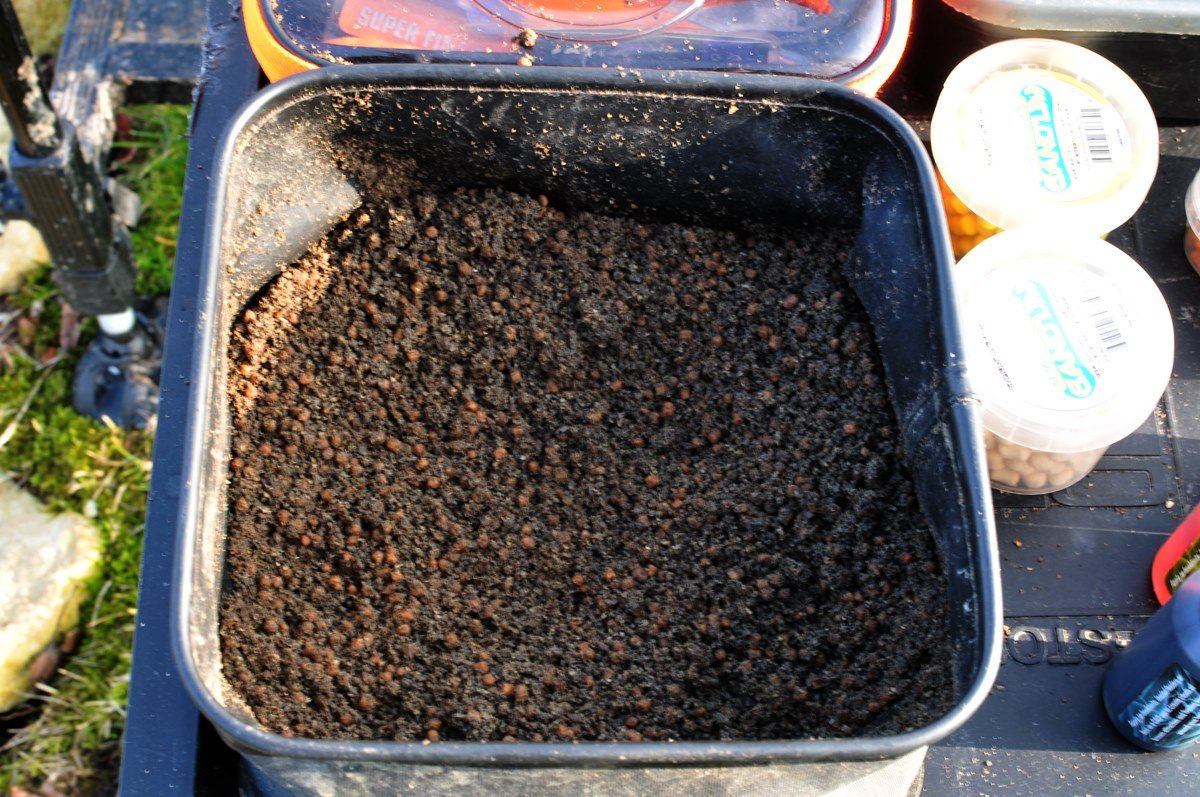 |
Last tips before getting into fishing!
The pace of fishing in cold periods is slower, so it is not surprising if the catches are slow in arriving, taking up to twenty minutes or half an hour. Also consider that water has a lower temperature. The groundbait will need more time to melt, to form a bed of flour on the seabed. The fish will browse the cloud of groundbait less quickly, taking minutes and minutes. Then, finally, often without expecting it, the carp will leave for the open sea, after having swallowed the hook cleverly hidden inside a double layer of groundbait (as required by the method feeder technique).

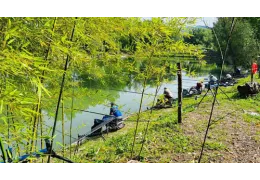
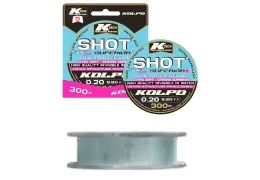
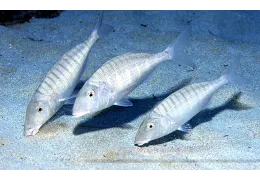
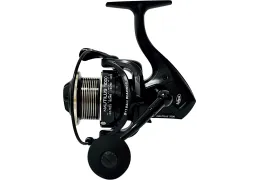
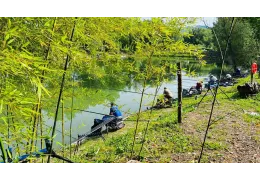
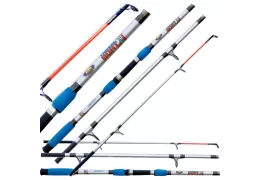
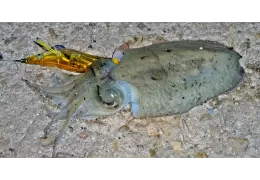
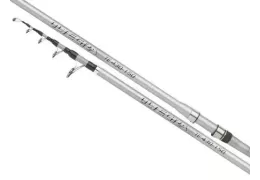
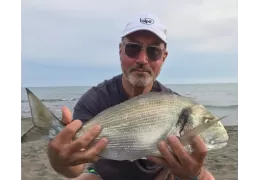
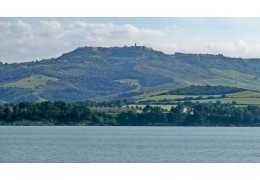

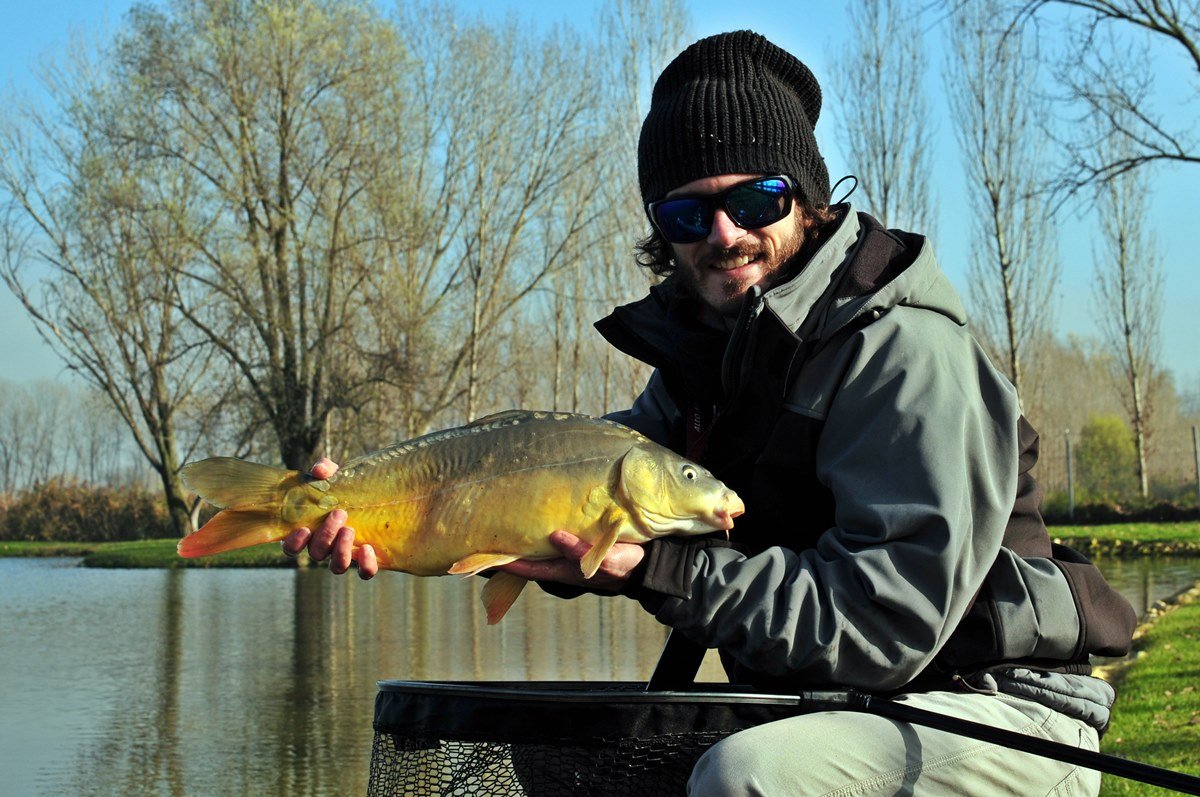
Leave a comment
Log in to post comments